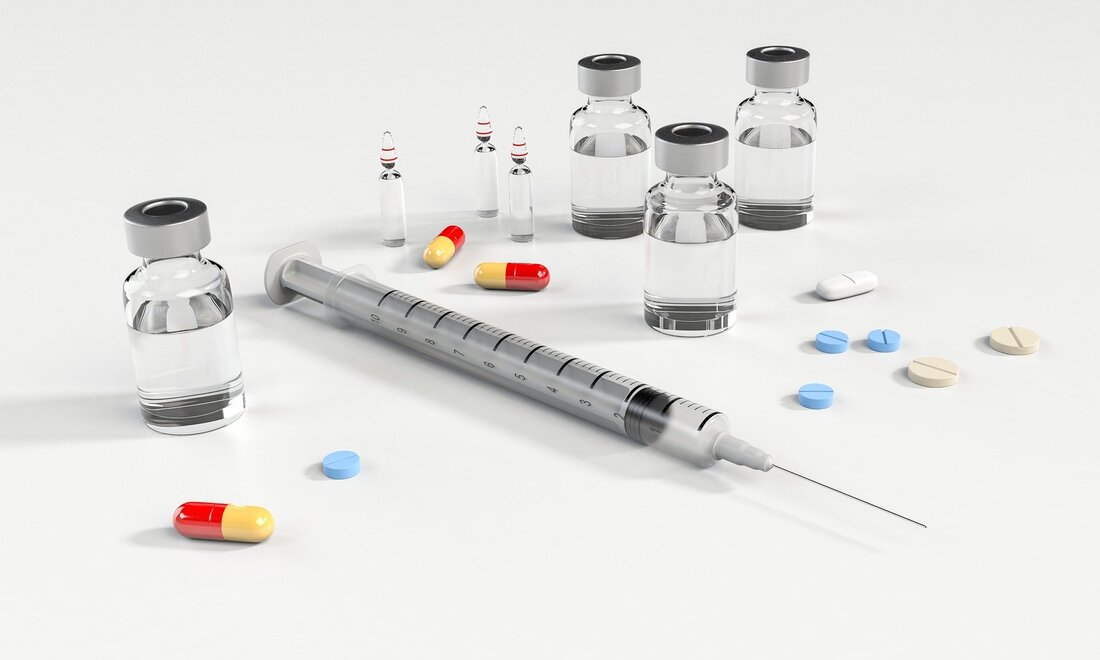|
What is Pathology - What are the bactericidal and vasoactive mediators of inflammation produced from oxygen?
- Oxygen-derived free radicals: Neutrophils produce them during the initial respiratory burst that occurs when germs are internalised. The initial oxygen derivative is superoxide (O-2), which is then converted to H2O2 on the cell surface and in phagolysosomes by superoxide dismutase. In the presence of Fe2, H2O2 is converted to hydroxyl radical (Fenton reaction). - Hypochlorous acid (HOCl): In the presence of chloride, myeloperoxidase from primary leukocytic granules converts H2O2 into hypochlorous acid, the most potent of the bactericidal chemicals produced by leukocytes. -Nitric oxide (NO) is produced by the enzyme nitric oxide synthetase (NOS) from l-arginine and molecular oxygen. Endothelial cells that contain NOS create NO on a continuous basis. NO is an effective vasodilator. It also prevents platelet adhesion during the inflow of leukocytes into the inflamed area's blood arteries. NOS is not expressed by macrophages by default, but it can be activated by cytokines.
0 Comments
Leave a Reply. |
Kembara's Health SolutionsDiscovering the world of health and medicine. Archives
June 2023
Categories
All
|

 RSS Feed
RSS Feed